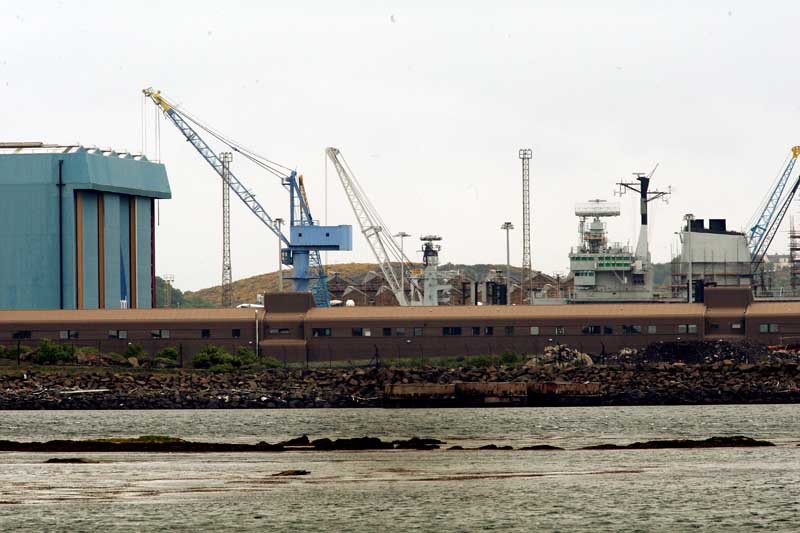Rosyth will have its say on the government’s plans to dismantle the country’s fleet of nuclear submarines.
The Ministry of Defence will launch a major public consultation exercise this month, before making any decisions.
The news prompted North East Fife MP Sir Menzies Campbell to say: ”This is the right decision but the public will want to be assured that this is a genuine consultation.”
The Westminster government has already announced that Rosyth or Devonportor a combination of the two yardsare the candidate sites for where radioactive waste is to be removed from the submarines.
And Peter Luff, the Minister for Defence Equipment, Support and Technology, has pledged in a letter to politicians that there would be an emphasis placed on consultation with the communities surrounding the two bases.
”Although we will be carrying out national consultation, there will be a particular focus on consultation in the Devonport and Rosyth areas, and in areas adjacent to them,” he said.
There are seven decommissioned subs at Rosyth. The Ministry of Defence starting laying them up afloat at the Fife yard over 25 years ago and their storage in Fife has proved highly controversial over the decades.
The issue of what to do with the rusting hulks has led to widespread fears Rosyth could be turned into a ”nuclear graveyard” not only for vessels currently stored there, but for those 11 stored at Devonport and others still in service once they come to the end of their active life.
The MoD is undertaking the Submarine Dismantling Project to develop the solution for disposing of 27 of the UK’s nuclear submarines after they have left the Royal Navy’s service.
The project, to extend over a 60-year period, encompasses the provision of facilities to dismantle the 27 defuelled submarines and store the resulting intermediate-level radioactive waste until a least 2040. At this point it is intended it will be transferred to the UK’s planned geological disposal facility.
Mr Luff said the MoD was ”committed” to carrying out public consultation ”before any major decisions are made.”
This 16-week process will begin on Friday, October 28 and will be based around three key decisions. The first will look at how the radioactive material is to be removed from the submarines. The second is where the radioactive waste will be removed and the last will be to discuss the options for storing the waste, specifically intermediate-level radioactive waste, which cannot be disposed of immediately.
”It is our intention to make proposals around these three decisions, based on our detailed options analysis, and offer the public he opportunity to comment on both our analysis and the conclusions we have reached.
”They will also be given the opportunity to comment on the findings of the strategic environmental assessment we have carried out and on the project more generally,” the minister said.
